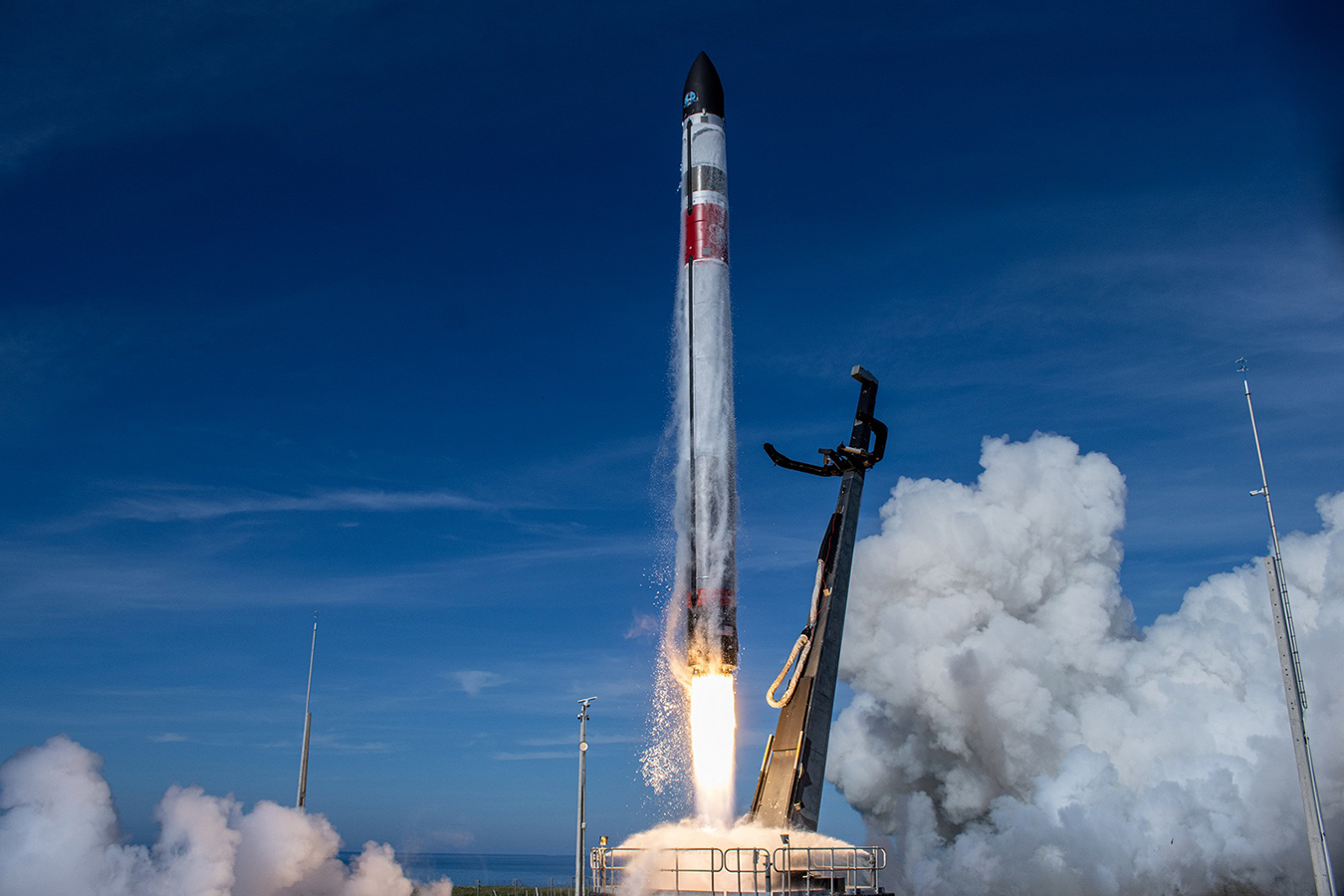Stay Up to Date
Submit your email address to receive the latest industry and Aerospace America news.
The Reusable Launch Vehicles Technical Committee promotes the development and implementation of operationally responsive and economically viable commercial, military and civil reusable launch vehicles and systems for space access and global reach.
Launch companies were challenged by lower than projected launch demand from customers, but private investment in the space industry continued to grow, with more than $13 billion in venture capital investment recorded in the first half of 2022. In January, Radian Aerospace of Washington received $27.5 million in seed funding for the development of a single-stage-to-orbit reusable spaceplane.
As of August, air-based launch provider Virgin Orbit had completed four missions with its expendable LauncherOne, dropping the rockets from a modified Boeing 747. Virgin Orbit continues to focus on its unique value proposition of bringing the “launch pad” to the customer using air-based launches, rather than focusing on developing a reusable vehicle like many competitors.
In May, Rocket Lab of California nearly achieved the first midair recovery of its Electron rocket’s first stage via helicopter. After deploying the second stage containing 34 satellites, Electron’s first stage descended under parachutes before being intercepted by a helicopter, which dropped the booster into the ocean shortly after. Despite this, Rocket Lab called the initial catch “a monumental step forward in our program to make Electron a reusable launch vehicle.” In September, Rocket Lab conducted a full-duration test fire of a refurbished engine from the mission. The company is also developing a medium-lift reusable rocket, Neutron, announced last December. Neutron is designed to fulfill needs to launch larger payloads and serve markets including megaconstellations and human spaceflight. Notable features of reusability include a proprietary carbon composite airframe, low-stress engines and a nondeployable fairing.
In August, California-based Astra canceled production of its small launch vehicle Rocket 3 after two of three rockets failed to reach orbit this year. Astra said it will not pursue reusability, as it does not align with its business model of making rockets as simple as possible.
Earlier this year, Sierra Space of Colorado pushed closer to the first launch of its Dream Chaser reusable spaceplane. In April, the company announced that construction of the first Dream Chaser was nearing completion and that it planned to send the vehicle for thermal vacuum testing in late summer. The first launch is planned for February 2023, when a United Launch Alliance Vulcan Centaur will send Dream Chaser to the International Space Station for a cargo resupply flight.
Outside the U.S., reusable rocket development has also progressed. In May, Deep Blue Aerospace of China completed a 1-kilometer test launch and landing of its reusable test rocket Nebula M1. The milestone came shortly after the company secured $31.5 million in Series A funding. In August, United Kingdom rocket manufacturer Skyrora completed static fires of the second stage of its Skyrora XL, a three-stage rocket with a reusable first stage. In July, the company opened a new 5,000-square-meter production facility. Skyrora is targeting 2023 for the first orbital launch of an XL rocket, which would make it the first private company in the U.K. to launch a rocket.
Stay Up to Date
Submit your email address to receive the latest industry and Aerospace America news.




